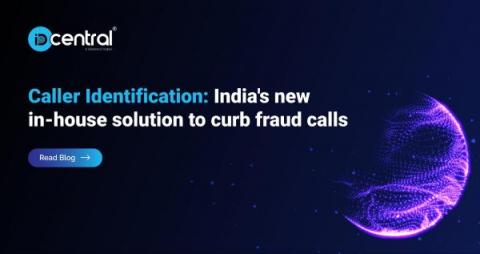Telephony fraud and risk mitigation: Understanding this ever-changing threat
Telephony fraud is a significant challenge. Companies of all sizes and industries are subjected to the malicious usage of voice and SMS with the intent of committing financial fraud, identity theft, denial-of-service, and a variety of other attacks. Businesses that fall victim to fraud can incur significant financial losses, irreparable damage to their reputation, and legal implications.










